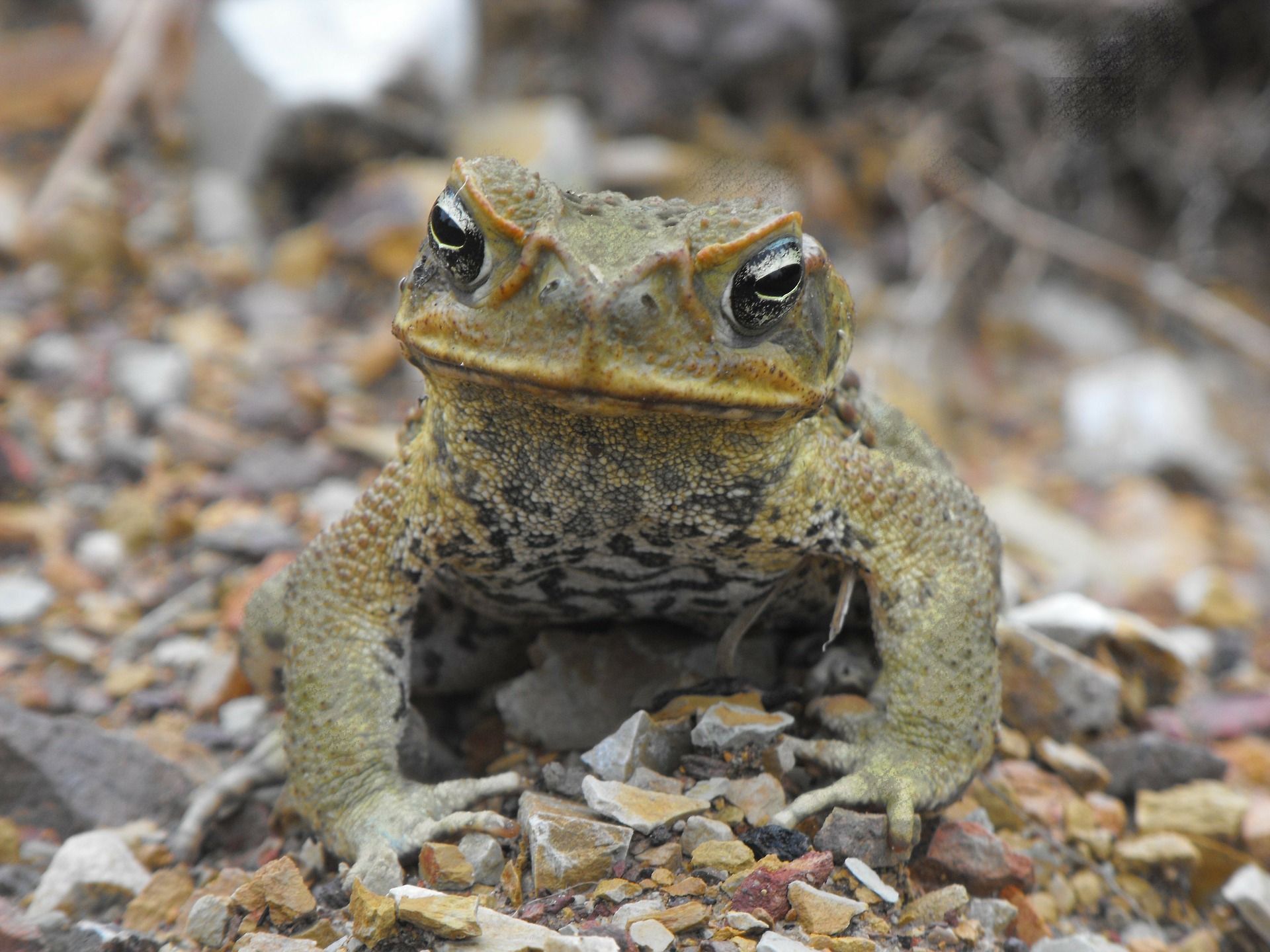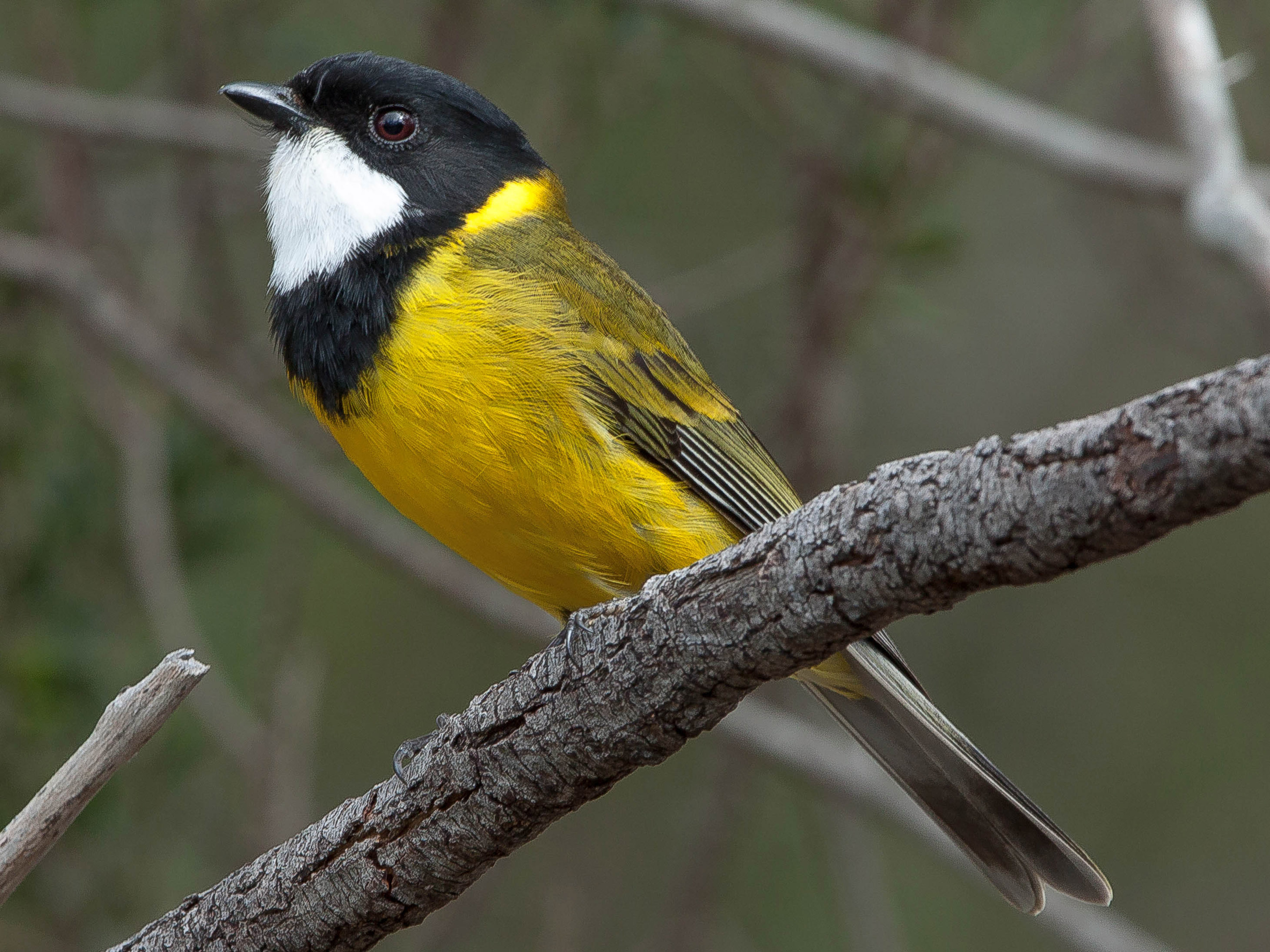Pest species are not news to continental Australia: animals either deliberately introduced or brought here accidentally by boat have wreaked havoc for decades. Gene driving is a technique that aims to humanely spread a “faulty” gene through a population and triggers population collapse.
Environment Institute Researchers Thomas Prowse, Phillip Cassey, Talia Wittmann and Paul Thomas suggests this gene editing technique could work.
“Typically, faulty alleles would not spread through populations, because the evolutionary fitness of individuals carrying them is reduced, meaning they will be less likely than non-faulty alleles to be passed on to the next generation. But the newly developed CRISPR gene-editing technology can cheat natural selection by creating gene-drive sequences that are much more likely to be passed on to the next generation.”
Their paper published in the Proceedings of the Royal Society B, suggests that under certain circumstances, genome editing could work.
There are biosecurity, regulatory and ethical questions that need to be considered around altering ecosystems, but this paper proves it may be possible.
Read the whole article on The Conversation to investigate the realities and challenged behind gene driving.
This research was also featured in Australian Geographic.



